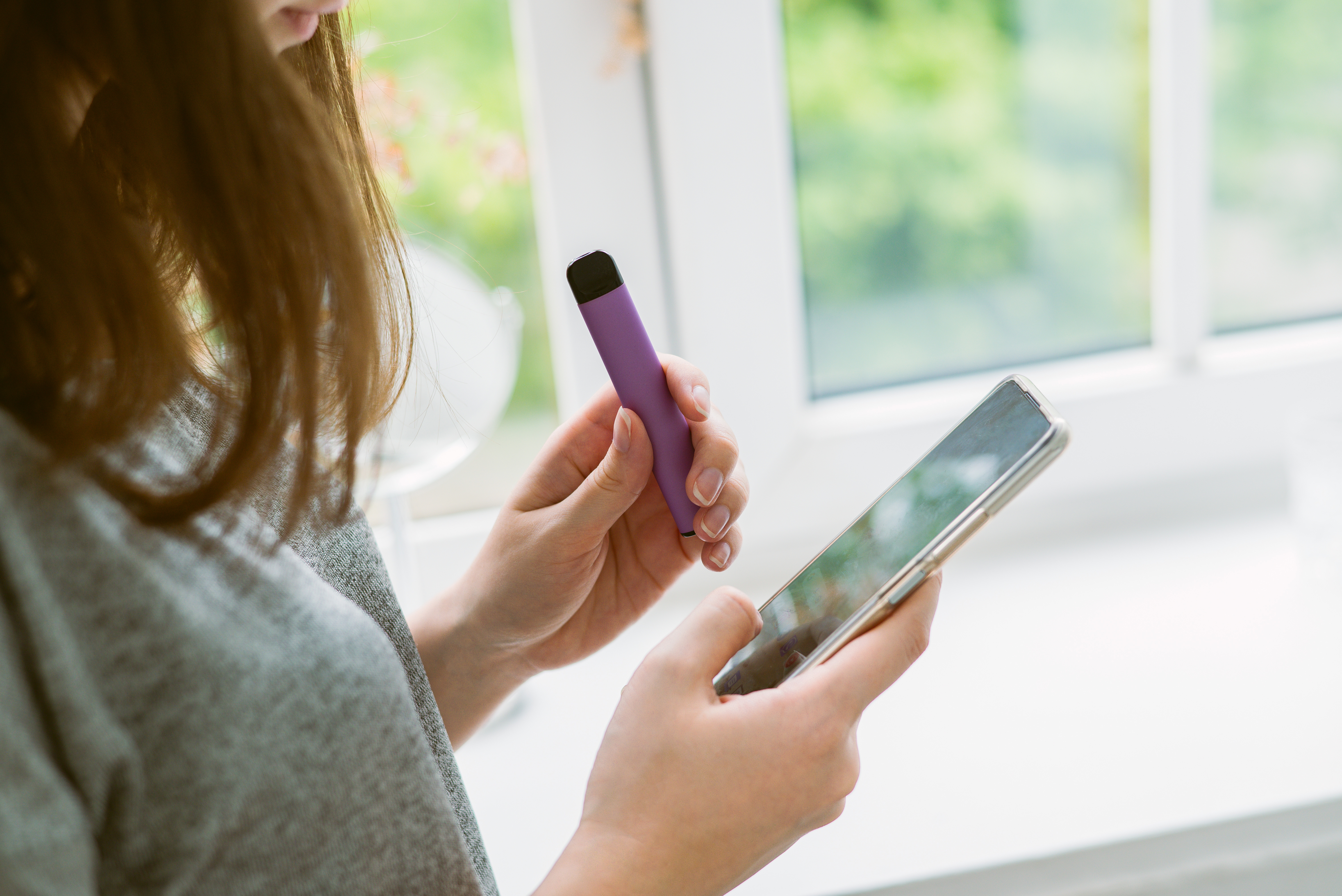E-cigarettes, or vapes, are the most commonly used tobacco product among youth in the United States. In 2024, 1.63 million students were vaping. That included 410,000 middle school students and 1.21 million high school students.
While the long-term effects of vaping on young people are not fully known, there is evidence that vaping and nicotine use can have serious physical, mental, and behavioral consequences in youth. Education on these effects and parental intervention are key in reducing youth vaping, but schools are often a hotspot for youth vaping.
That’s where vape detectors come in. These devices are becoming an increasingly common line of defense in schools trying to curb vaping. But while they might sound simple in theory, there’s more going on behind the scenes than most people realize. Here are three things you probably didn’t know about vape detectors—and why they’re more than just a smoke alarm for e-cigarettes.
 They Detect More Than Just Vapor
They Detect More Than Just Vapor
Most vape detectors don’t just detect vapor or smoke like a traditional smoke alarm. They can sense specific chemical compounds in the air, such as nicotine, THC, and other aerosolized substances. There are different types of sensors used in vape detection systems, the most common being particular and gas sensors. Some systems use a combination of particulate, gas and chemical or temperature sensors to improve accuracy and identify a wider variety of vapors.
Advanced models can even detect sound anomalies like loud noises or tampering, which might signal bullying or vandalism. Air quality, temperature, and humidity monitoring are also capabilities of some devices, providing insight to avoid health and structural problems in your building.
They're Often Hidden and Silent
Vape detectors are typically small and discreet, installed in places like bathrooms or locker rooms where camera surveillance isn’t allowed, and where vaping activity is likely high. Sensors will silently notify administrators through email or app-based alerts, sometimes with real-time air quality data and a timestamp. Alternatively, sensors can be audible, or both silent and audible, depending on the needs of the school.
Systems can also be integrated with video surveillance to automatically flag footage of suspected vaping incidents, helping staff respond quickly and verify context without violating student privacy in sensitive areas.
They Support Early Intervention and Pattern Tracking
Vape detectors are proactive tools. Many systems log detection events with data like time, location, duration, and substance type. When this data is compiled over days or weeks, it reveals patterns that administrators can use to understand when and where vaping is most likely to occur. This allows schools to shift from discipline-only responses to informed interventions.
For example, if a specific restroom sees repeated alerts at lunchtime, staff might increase supervision there or schedule a health education session targeting that grade level. Some detectors also integrate with behavior management software, allowing schools to correlate vaping alerts with student conduct data, helping identify at-risk students and support them with counseling or outreach before issues escalate.
Prevention Resources and Funding Support
Vape detection is most effective when paired with education, intervention, and wellness programs. Schools can take a holistic approach by combining detection technology with trusted prevention tools and by tapping into available funding sources.
-
The Truth Initiative: Offers teen-focused vaping cessation programs like This is Quitting.
-
CDC Office on Smoking and Health: Provides research-backed toolkits and classroom resources.
-
Tobacco-Free Kids: Shares advocacy tools and education materials for schools and communities.
Vape Detection Funding Opportunities
Schools can offset the cost of vape detection systems through a variety of grants and public funding sources. Many districts have successfully leveraged:
-
ESSER (Elementary and Secondary School Emergency Relief) funds
-
State and local public health grants tied to youth tobacco prevention
Additionally, several states have designated money from JUUL Labs’ legal settlements—including a $440 million multistate agreement—for school-based vaping prevention, including technology like vape detectors.
Final Thoughts
As youth vaping continues to pose challenges for schools, vape detectors offer actionable insights and a link between safety technology and student wellness. When combined with thoughtful policy, parent engagement, and education, these devices can help schools shift from punishment to prevention. By detecting vaping discreetly, integrating with campus-wide systems, and highlighting patterns that might otherwise go unnoticed, vape detectors are proving to be a valuable asset in creating safer, healthier school environments.
Ready to explore how vape detection technology can enhance safety at your school? Cook & Boardman can help you design and integrate a solution tailored to your facility’s needs.
Contact our team today to learn more about vape detection systems and how we can help you design a layered, scalable solution tailored to your needs.
Please note: Assessment requests are subject to availability based on your location. If your area is outside our current service range, we will follow up to let you know as soon as possible.






